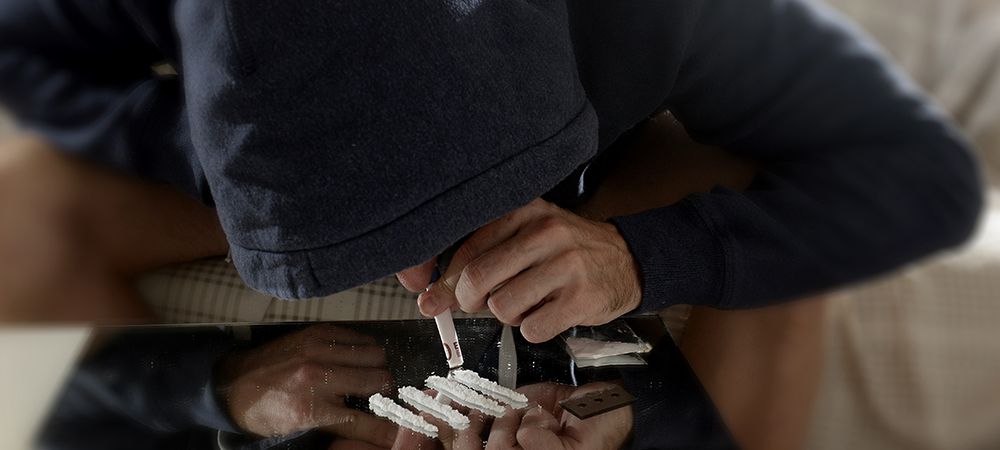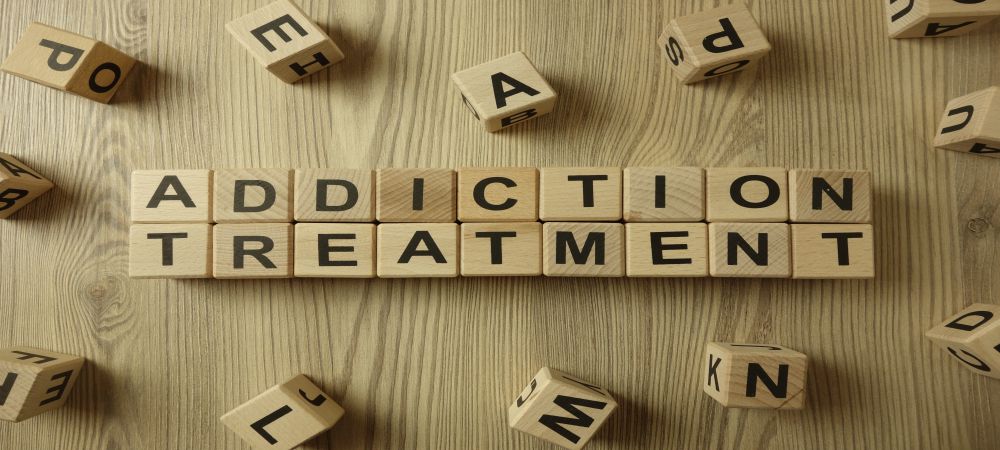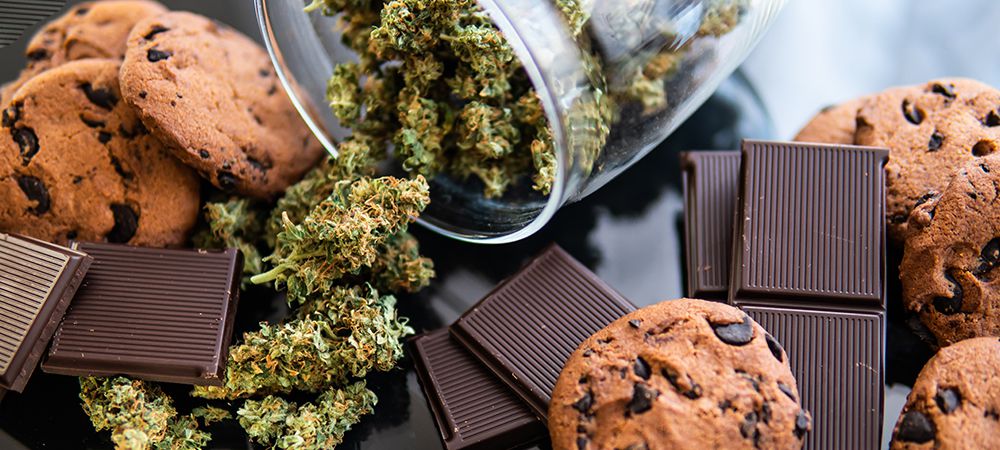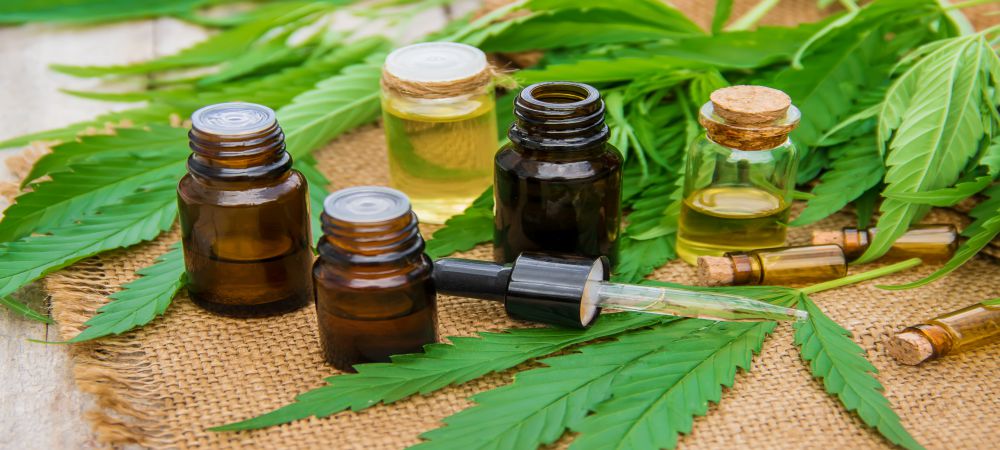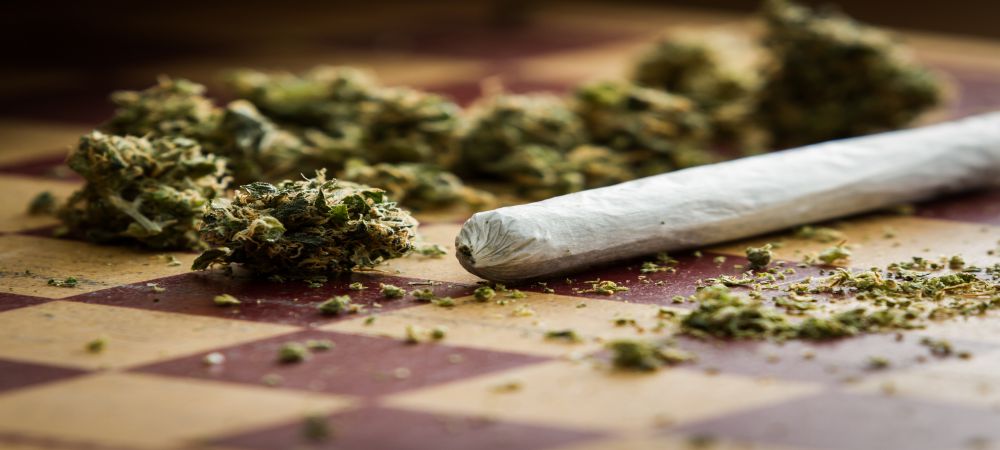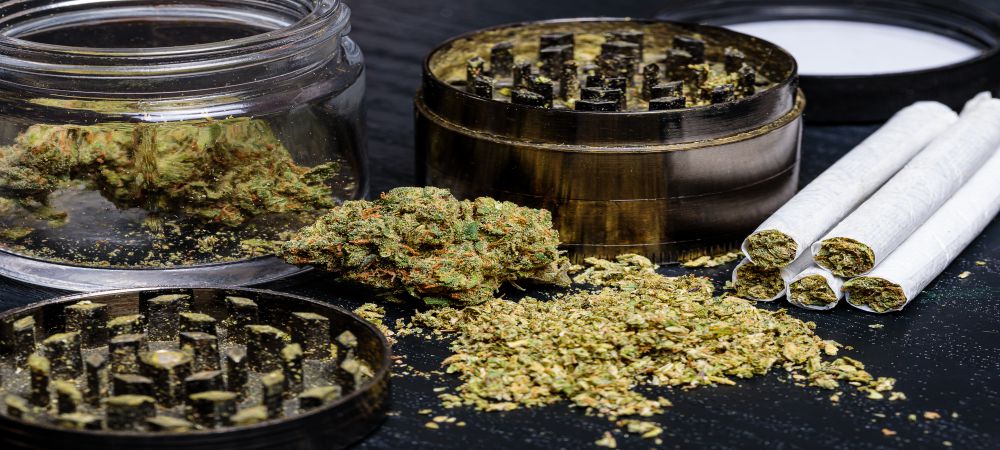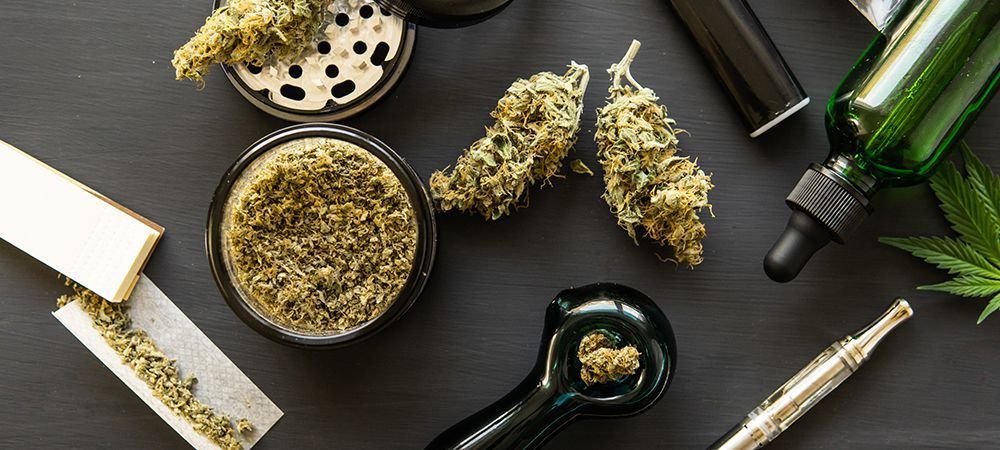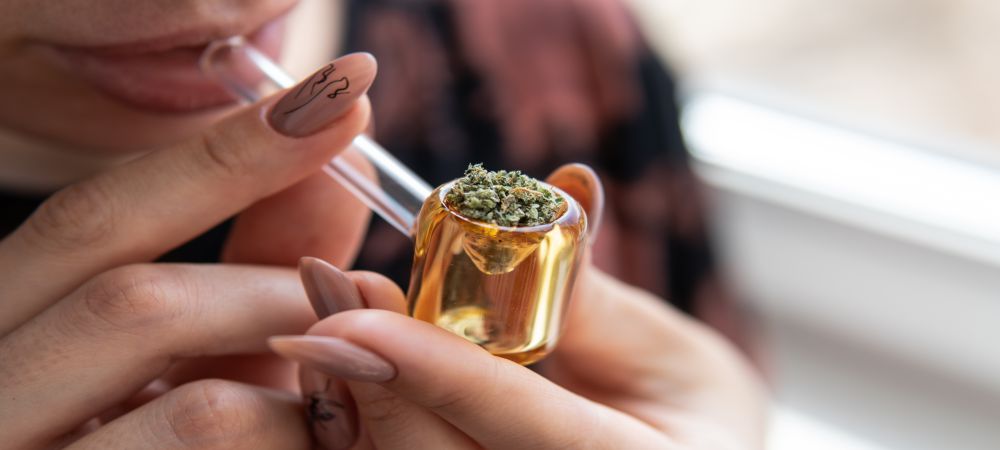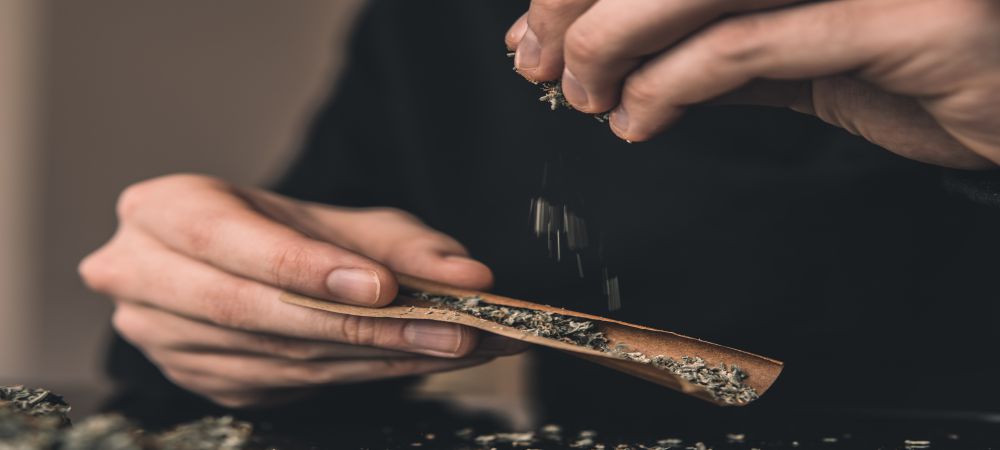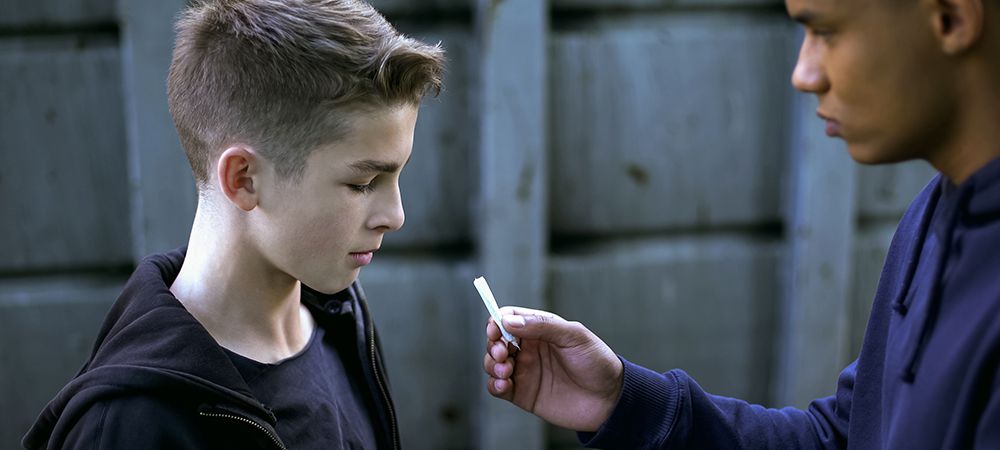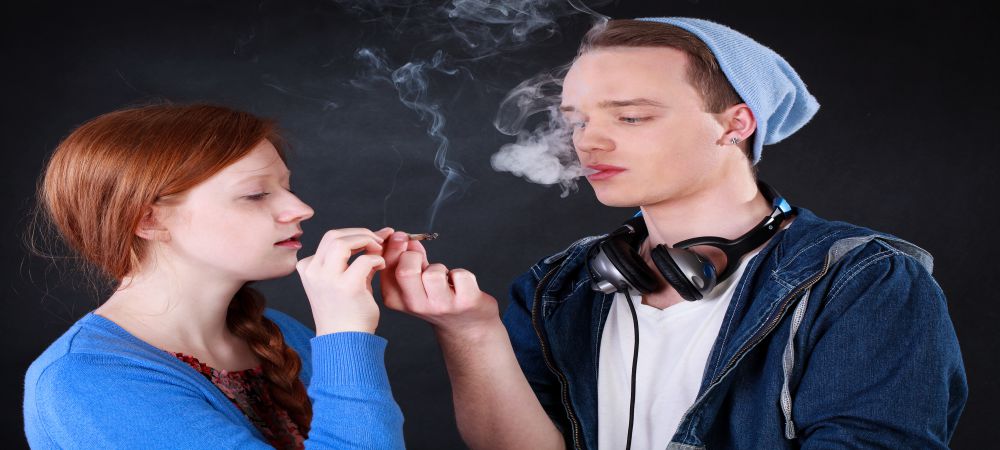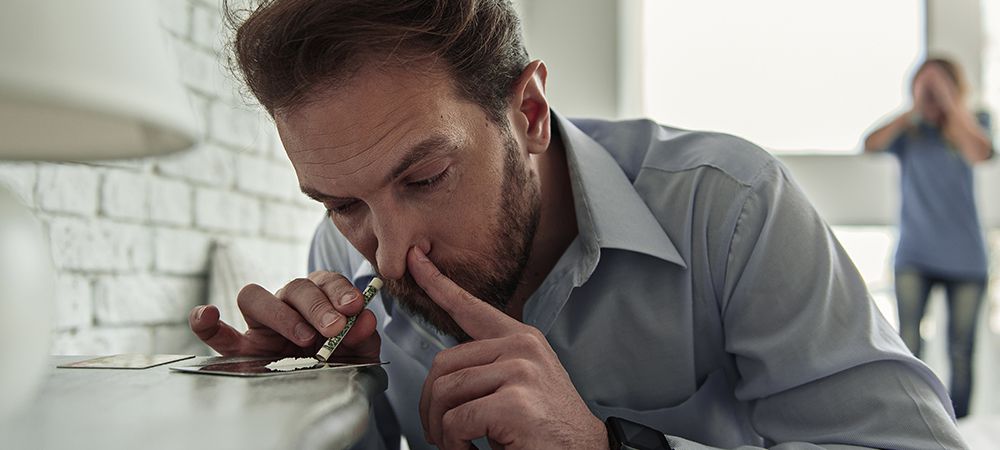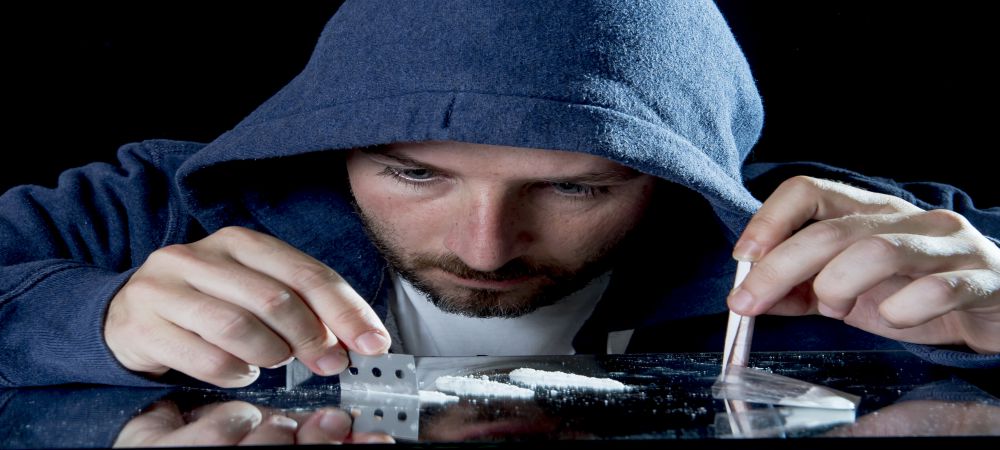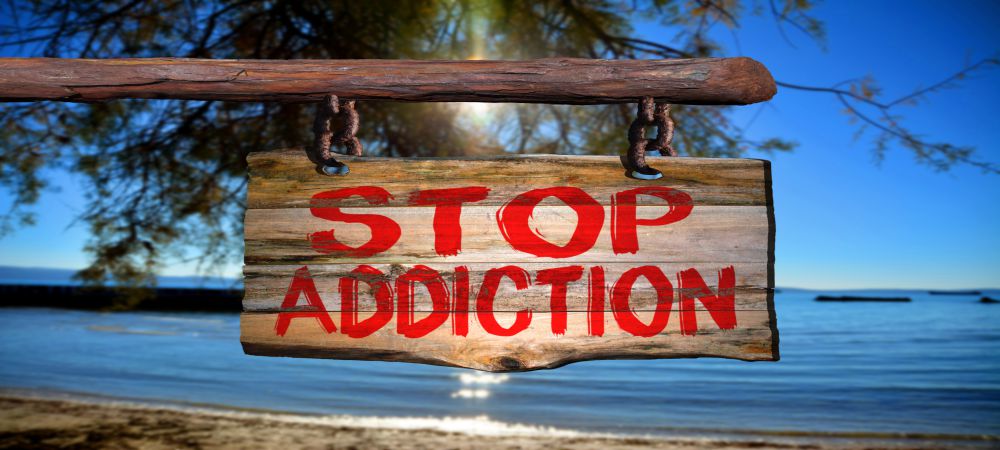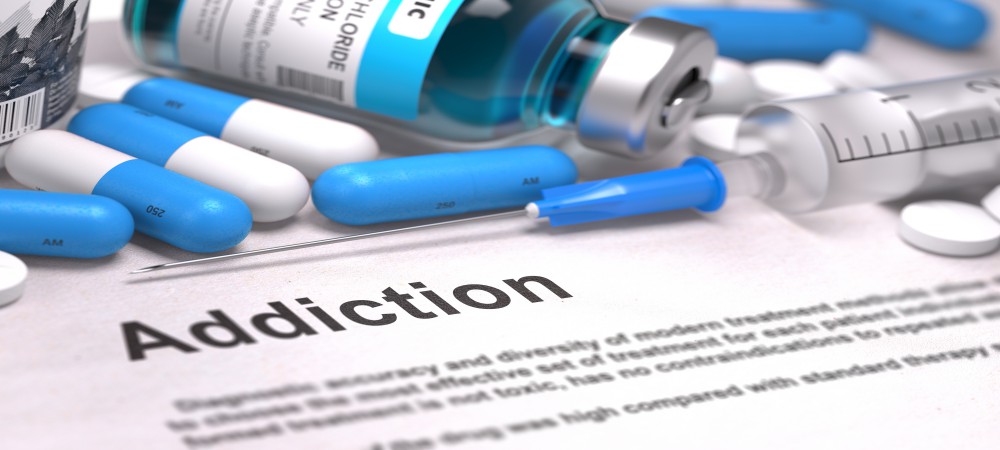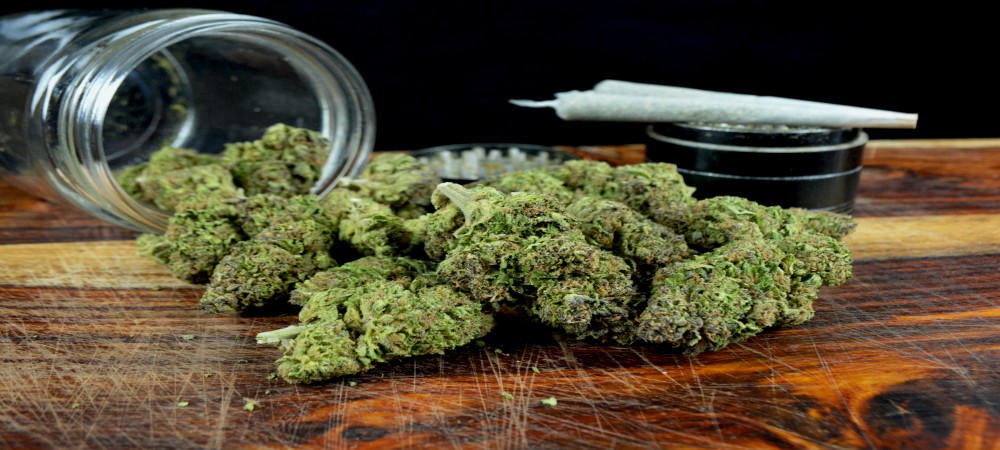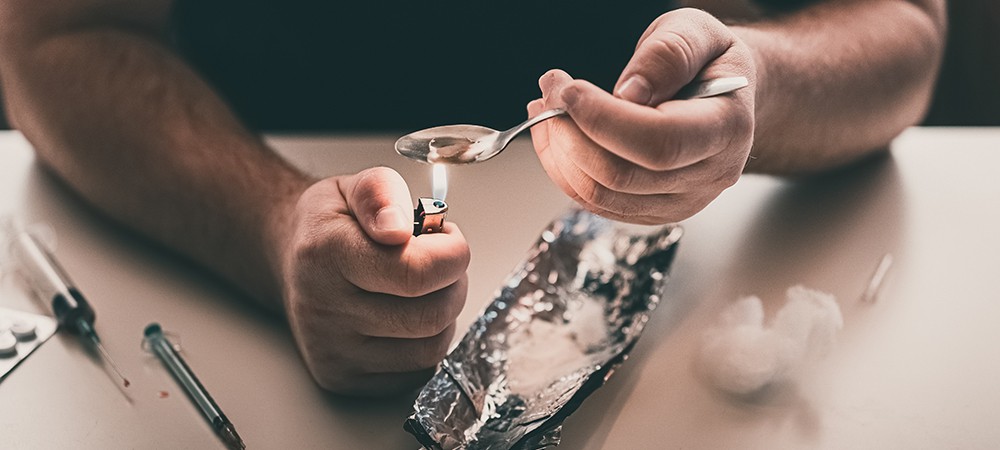Knowing what to expect from cocaine treatment is vital. It tackles the mental aspect of preparation. It helps you build a stronger mindset that’s unfazed by whatever happens during treatment. This knowledge helps you better deal with the realities of cocaine rehab centers.
Cocaine abuse can be overwhelming. From the usage to addiction, and eventual treatment, it’s all a bunch of stuff your normal self won’t handle well. As regards usage, the burst of dopamine is too much for the normal self to handle. The same goes for addiction and its negative effects. Recovery, as you may have heard, is a lifetime process.
Technically, once you start to abuse cocaine, there is no going back. You can always recover from addiction, but you won’t ever be able to go back to undo indulging in the first place. But if you can’t go back to undo the past, you can change the future. As regards addiction, the positive change you can enact for the future is recovery.
Since you are on this page, it means you are looking for a way out — rehab. This is a good step, as it is the best choice you have. To help you along, we’ll explore what happens during cocaine treatment. This will go a long way to make your eventual recovery process easier.
Everything to Know About Cocaine Addiction
Cocaine is highly addictive. However, its use started as a pacifier or natural anesthesia. Cocaine is an extract from the leaves of Erythroxylon coca (E.coca), a plant peculiar to South America.
About a century ago, cocaine was used as part of drinks like Coca-cola. The drink, as of then, contained about 9 milligrams of the substance. Its use transcended nutrition to medicine, where it was first used as an anesthetic during eye surgery in 1884.
Its popularity grew till it was discovered to be addictive. In the century that will follow since its first use, cocaine became widely known as an illegal recreational drug. However, you should know that cocaine is still sometimes prescribed for medical uses.
In the illegal usage world, cocaine has the following names; crack, snow, coke, blow and rock. The reality of illegal cocaine transcends the names given to it. Due to its illegal status, the industry is not regulated. And due to the lack of regulation, you can’t be sure what the product you purchase contains.
What does cocaine do in the body?
The presence of cocaine in the body is a two-edged sword. It comes with increased euphoria and a host of negative impacts. Once you consume cocaine in whatever form you want, it heads into the bloodstream. After usage, the effect of cocaine kicks in about 5 to 30 minutes.
This time-lapse is a function of how fast your blood carries the substance to the brain. With cocaine in the brain, the intensity of activities in the brain increases. So does the release and presence of dopamine.
Naturally, dopamine is that substance released whenever you engage in activities that make you happy and active. It sends a signal to the brain and other areas of the body, with the function of triggering pleasure.
You don’t have to use cocaine to get this feeling. Any interesting activity can help you with this. However, cocaine causes an explosive amount of dopamine to be released. Due to this, you get to a high feeling you’ve never gotten before, and then you want a repeat of it. This is where addiction begins.
However, beyond this release of dopamine for heightened pleasure, cocaine causes a dopamine dysfunction in the body. It causes the chemical to accumulate in between cells. This results in ‘tolerance’. With time, your body gets so used to dopamine that you need a higher amount of it to get high. This condition is what ultimately leads to cocaine addiction.
When addiction gets to a certain point, taking cocaine will no longer be for pleasure. You’ll be taking it to feel ‘normal’. At this point, getting cocaine addiction treatment is the only good you can do for yourself.
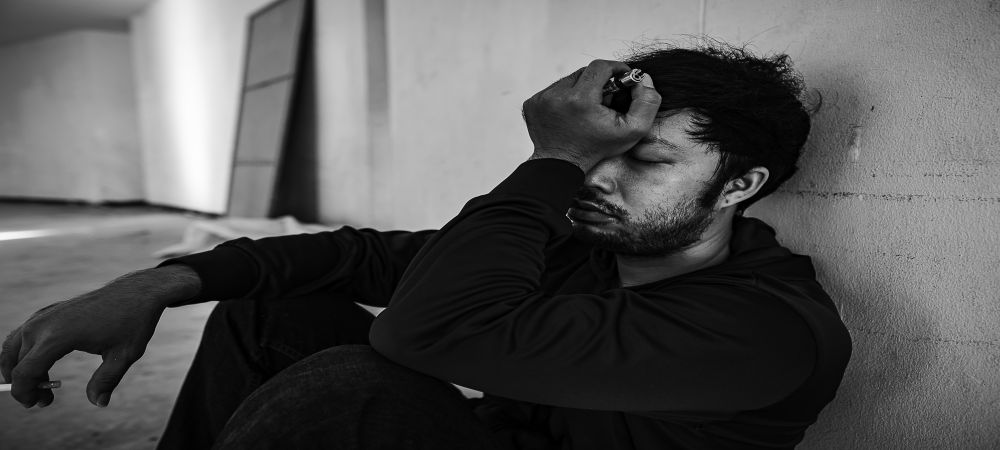
Why You Should Get Cocaine Addiction Treatment
Before knowing what to expect from cocaine treatment, it’s best to understand the importance of treatment. Understanding your reason(s) for getting treatment will encourage you through the highs and lows that happen during cocaine rehab.
A concrete reason is motivation to endure the uncomfortable changes you’ll experience during treatment. There are no better reasons why you should engage in a treatment procedure for cocaine addiction than to escape from the health issues cocaine addiction can cause.
Cocaine addiction comes with detrimental effects which can become obvious in the short-term or long term. Here’s what we mean.
Short Term Effects of Cocaine
The degree of what to expect from cocaine treatment depends on how long you have been using the substance. However, no matter how long (or briefly) you have been using cocaine, it’s impossible to escape all of these short-term effects of the substance.
- Loss of appetite
- Contraction of your blood vessels.
- Dilation of the pupils
- Increased heart rate
- Rapid breathing
- Nausea
- Distorted sleep pattern
- Erratic behaviours
- Intense euphoria
- Hallucinations
- Hyperstimulation
- Anxiety and paranoia
- Intense craving for the substance
- Depression.
This looks like a long list. However, if at this point, you don’t take the necessary steps to mitigate your loss of self, more fatal long-term issues are bound to occur.
Long-Term Effects of Cocaine
The long-term effects certainly make what to expect from cocaine treatment more tedious. Long-term effects develop as a result of continued use extending into addiction and dependence. Example of these long-term effects include:
- Permanent damage to the heart and brain’s blood vessels
- Increase in blood pressure
- Destruction of nose tissues if you use cocaine by sniffing it
- Loss of weight and chronic malnutrition
- Severe teeth decay
- Respiratory failure if you smoke cocaine
- Loss of orientation
- Psychosis
- Frequent indulgence in highly risky behaviour
- Abscesses and infections
- Liver, lung, and kidney damage
- Frequent hallucinations
- Irritation and mood disturbance
- Severe depression
- Tolerance and addiction.
Other known diseases that can result from or are associated with the persistent use of cocaine include:
- Hepatitis
- Gangrene of the bowels
- Heart attack
- Seizure
- Stroke
- Heart arrhythmia
- Chest pain
- Weakening of the immune system.
The degree of damage that can result from cocaine use gives an inkling of what to expect from cocaine treatment. To reverse this damage, you’ll need comprehensive physical and mental rehab. Sobriety is a lot of work.
Common with addicts is the denial of their condition. Ardent users – addicts – tell themselves and others they can stop using cocaine whenever they want. However, this is so far from the truth. This behaviour precedes the other long-term effects that may result from cocaine addiction.
Beyond making you as a user more frail and weak than ever, cocaine addiction can topple your finances and relationships. Because you are addicted, you’ll start to go the extra mile to get the substance. This may involve stealing from work or your partner.
When all things come crashing, that’s the point most people wake up to acknowledge their addiction. You don’t have to get to that stage before you seek professional addiction recovery help. There are several cocaine treatment centers in Canada with the expertise to help you break free.
Now, a crucial part of knowing what to expect from cocaine treatment is knowing what the various treatments are all about. This is what we’d address in the following section.
Related Article: Cocaine Addiction: The Signs and Symptoms
Introducing Cocaine Addiction Treatment
The only way out of this woods is recovery. Recovery starts once you agree you are addicted, and begin looking out for what to expect from cocaine rehab. Now, what to expect from cocaine treatment slightly differs from person to person. This is due to the differences in the physical, mental and psychological conditions of every user.
Hence, there is no one-way approach to treating cocaine addiction. Although, there is a template, especially for behavioural therapy. If you are looking to recover, you need to take the next step of reaching out to a specialist. Only a specialist can properly diagnose you, and administer a recovery path.
Unlike other illnesses, cocaine addiction can’t yet be treated by drugs. As of now, there are no approved medications. However, work continues with scientists who are exploring several neurobiological targets.
To treat cocaine addiction, all we have as of now is therapy — behavioural therapy. Behavioural therapy is a term defining the forms of therapy that look to treat mental disorders relating to substance abuse. In simpler words, this treatment looks for a cure from a mental point of view. The ideology of this treatment system is that “all behaviours are learned, and those unhealthy behaviours can be changed”.
Types of Behavioral Therapy – Cocaine Addiction Treatment
The choice of behavioural therapy is at the discretion of the cocaine addiction expert in charge of your health and recovery.
Contingency Management
This has to do with motivational incentives. In contingent management therapy, when you abstain from cocaine, you’ll get rewards. For instance, under this form of therapy, you’ll earn points when your urine tests come back clean. You can then use these accumulated points to get other things you need.
This treatment isn’t always used to treat chronic cocaine addiction. Mostly, it’s used to further patient interest and motivate you to stay in treatment.
Cognitive Behavioral therapy
This is the best treatment process that prevents relapse. One of the core aims of this treatment is to help patients understand what to expect from cocaine treatment, and develop the necessary skills to handle it.
During recovery, you can expect to deal with cravings for cocaine. When these cravings start, developing skills to handle them without relapse is a huge plus.
With cognitive behavioural therapy, you’ll learn and unlearn the behavioural patterns encouraging previous cocaine abuse. Soon, you’ll be able to modify your thought process to prevent these patterns. Another advantage of cognitive-behavioural therapy is that it can be combined with other cocaine addiction treatments.
Inpatient Rehab
This is the type of treatment where you get to live in the treatment facility through the recovery period. How long this cocaine treatment takes depends on how chronic your condition is. Averagely, most treatments in this facility last between 30 to 90 days.
If in this time frame, you don’t get better, the extension you’ll get is at the discretion of the specialist. This type of treatment is important because the environment is controlled, and you enjoy easy access to the specialist in the case of emergencies.
During addiction recovery, you’ll exhibit withdrawal symptoms once you stop using cocaine. These symptoms are better managed under the supervision of a doctor, especially as regards the medications used to suppress the withdrawal effects.
Outpatient Rehab for cocaine addiction
This is the preferred treatment option for most patients. However, this cocaine rehab is effective only when your condition isn’t chronic. Most times, it is also administered to patients who can’t leave their family or jobs alone.
It’s not as intensive as inpatient treatment. You can still get exposed to triggers when you are not with your doctor. This is why the relapse rate is higher with this type of cocaine therapy.
Outpatient treatment is more effective if you are making a transition from inpatient treatment, and you don’t want to enroll in a sober home.
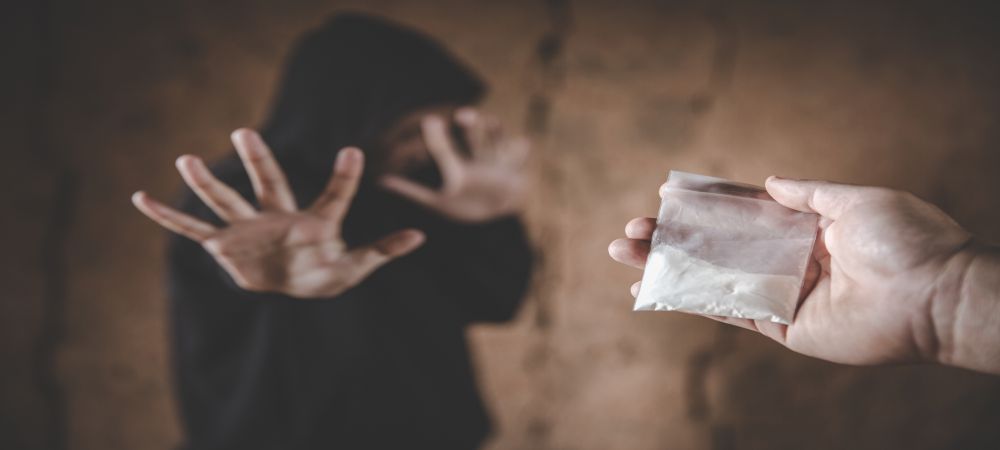
What to Expect from Cocaine Rehab
Cocaine addiction treatment is a journey, one that lasts a lifetime. Of course, you won’t have to pay or sign up at a rehab centre for the rest of your life. However, once you’ve been addicted before, to renounce that status, you need to constantly remain sober. Therefore, you need to prevent a relapse continuously.
As far as treatment at a rehab centre goes, here are summarized descriptions of the cocaine rehab program and factors you should be aware of.
Detoxification
If you’re preparing for cocaine rehab, this is the first step. At this stage, you’ll undergo a medical detox that targets the physical remnants of cocaine in your body. During this stage, you can’t indulge in cocaine abuse.
You can think of this forced change as the weaning of a baby. Cocaine is removed from your body, which you’ll react to via withdrawal symptoms. Up next is the administration of healthy habits and medication to help you cope.
We can liken detox to preparation for therapy sessions that’ll happen during recovery. The remainder of your recovery program will be for the specialist to help you correct the psychological aspects of your addiction.
Cost of Cocaine Addiction Treatment
What to expect from cocaine treatment all depends on the cost. The experience of inpatient treatment differs from that of outpatient treatment. The same goes for the difference between reward therapy and cognitive-behaviour therapy. You should note that treatments are mainly combined, to ensure effectiveness.
But breaking it down, detoxification can cost you between $1000 and $1500. This pricing may be more depending on the cost of medication you’ll need during detox.
Inpatient treatments can cost you about $20000 for 30 days. However, for treatment spanning 60 to 90 days, you can incur between $12000 and $60000. Outpatient treatments are cheaper and cost just about $10000.
Group therapies
If you do not like talking about your struggles in the presence of others, you’ve got some learning to do. Typical days in rehab involve group sessions to complement individual sessions. In these sessions, you get to talk about addiction-related problems you are facing, just like the others. This encourages everyone to stick to recovery and not give up no matter the craving.
Free time
You won’t always be busy with treatment sessions in rehab. You’ll certainly have free time to engage in activities like swimming, basketball, Ping-Pong, soccer, volleyball, yoga and meditation.
However, not all cocaine rehab facilities offer access to this. What to expect or experience at the cocaine treatment center depends on the quality of treatment on offer. This also has a direct impact on the cost you’ll incur.
Support
You are going to need a lot of this. You can’t recover from cocaine addiction on your own. You have to carry your family along. You’d also be getting support from the staff at the rehab center.
You need your family members to hold the fort when you aren’t around. You also need them to give you something positive to look forward to. You also need their support to make sure your home is free of triggers when you get back.
Duration of treatment
How long your treatment takes depends on how bad the cocaine addiction is. It can take as little as a month, and it can extend to six months. One thing you need to have is the will to get better. If you don’t want to get better, there is no way you will.
The specialists will try their best with you, it’s up to you to make it work. Your addiction specialist may need to change your therapy’s approach or medication. Recovery is a continuous discovery process for both you and the specialist-in-charge.
Relapse
This is part of what to expect from cocaine treatment. According to the National Institute on Drug Abuse, 40-60 percent of drug addicts will relapse from their treatment programs.
This is especially common if you are taking the outpatient treatment path. However, you shouldn’t let this stop you from beating cocaine addiction. Relapse is an opportunity for you to learn and get better.
The 12-step program
The founders of Alcoholics Anonymous were the creative force behind this program. It has a simple aim of helping you overcome the problems you face. The average 12-step program offers you a platform to get support and share experiences with others.
The program is widely successful, and you should be ready to take part in it. The best part is a 12-step program also continues even after you are done with rehab.
5 Tips for a Successful Rehab Program
Cocaine addiction recovery is a lifetime journey. From the symptoms of withdrawal that develop during cocaine treatment, to the post-rehab days, these tips will make it all easier on you.
- Always be ready to learn
- Be ready to be vulnerable
- You should make sure your will for treatment is steadfast
- You shouldn’t miss a treatment session
- Ensure your support system is solid
Most importantly, you should ensure you create a system to prevent relapse.
Related Article: How to Quit Cocaine Addiction
Final Take
Part of what to expect from cocaine treatment is the development of new skills to handle triggers and cravings. Before this, you’ll go through a rigorous detox procedure.
The process of recovery becomes easier when you choose the right addiction treatment center. There are several of them out there, but you need one that puts your recovery needs first, always.
At 1000 Islands Rehab Centre, we are fully focused on how we can contribute to your cocaine recovery journey. Contact us today to discuss your cocaine recovery needs!
